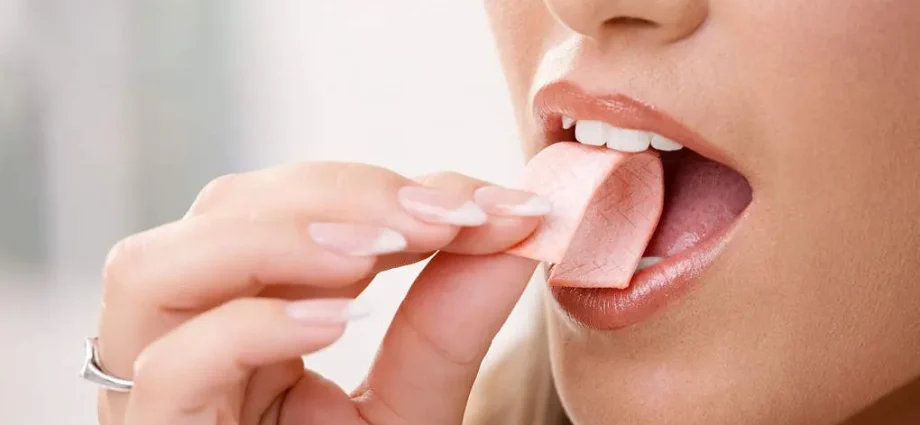Contents
- 10 It will take 7 years before chewing gum is digested
- 9. The ability to roll the tongue “tube” – hereditary
- 8. Carrots improve night vision
- 7. We only use 10 percent of the “power” of the brain
- 6. If you shave regularly, your hair will grow thicker and darker.
- 5. Chocolate causes acne in teenagers
- 4. We lose most of our heat through our heads.
- 3. We have five senses
- 2. Hair and nails continue to grow after death
- 1. The habit of cracking the knuckles leads to arthritis
Despite the fact that it is now easy to get any information, there are still myths that have been passed down from generation to generation. We are so accustomed to them that we consider them axioms. Many of these misconceptions relate to human health, his body and nutritional habits. It will not be difficult for modern scientists to prove that these are false facts that should not be trusted.
10 It will take 7 years before chewing gum is digested

You should not swallow gum, because. in large quantities, it can cause intestinal obstruction. However, a small piece of chewing gum will not cause much harm and will come out like all undigested leftovers. When we eat, food enters the stomach through the esophagus. There it is processed by acids and enzymes, begins to decay. Then it enters the intestines, where its decay continues. Nutrients are spent on the needs of the body, and undigested waste is sent to the large intestine. The gum base is not digested by the stomach, but it does not remain in it, but is excreted in the same way as other unprocessed residues.
9. The ability to roll the tongue “tube” – hereditary
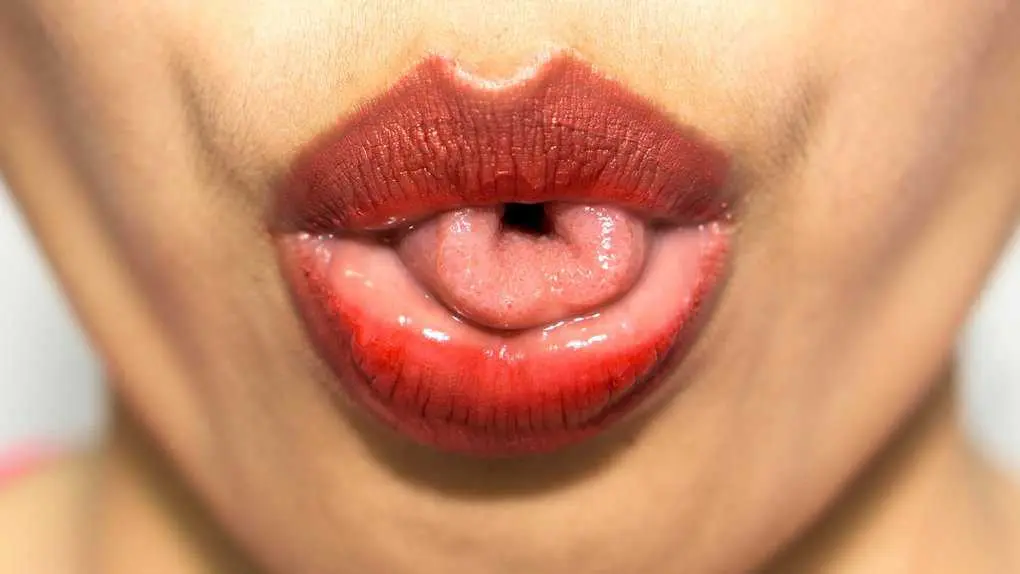
Previously, many scientists were sure that the ability depends on genes. If the parents of the child can do it, then he should succeed. In 1940, Alfred Sturtevant established that this skill is determined by a dominant gene. Now this statement is not considered indisputable. Modern scientists do not deny the fact that genetics affects this skill. But there are other factors as well. Philip Matlock collected 33 pairs of twins and asked everyone to roll their tongues. Most of them confirmed Sturtevant’s theory, since both twins either could do it or they couldn’t. But among them there were 7 couples in which one had this skill, and the other did not. This means that genetics alone cannot explain everything.
8. Carrots improve night vision
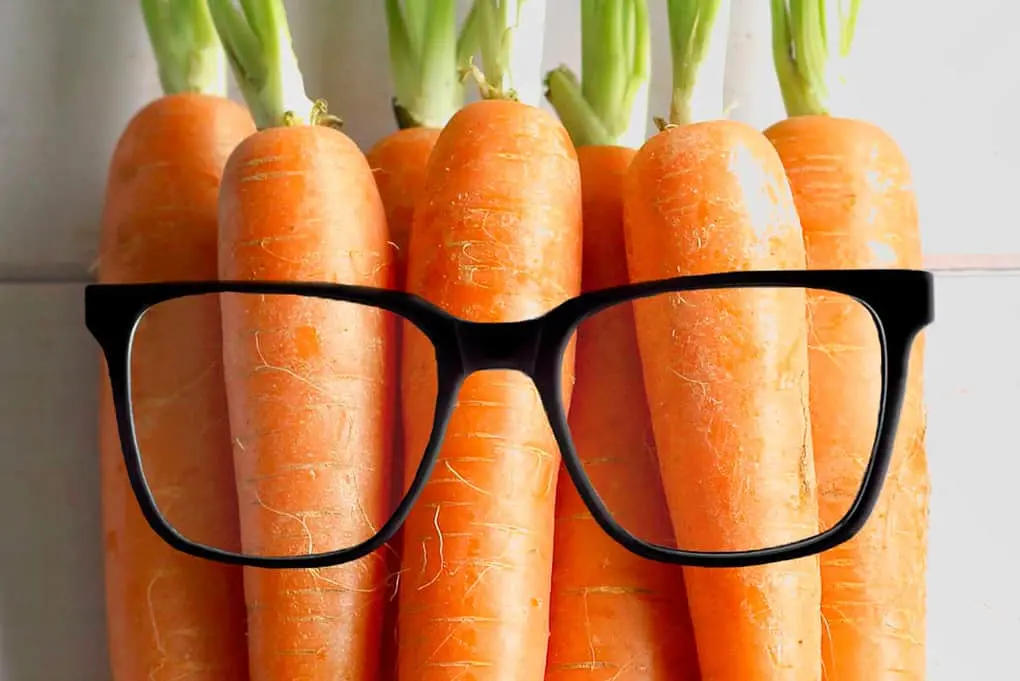
It is a common misconception that if you wish, you can learn to see in the dark if you eat a lot of carrots. Carrots contain a lot of beta-carotene, which is converted into vitamin A. It is necessary for the production of opsin and rhodopsin proteins. If the body lacks vitamin A, a person begins nyctalopia. This is a special visual disorder in which he cannot see at dusk. This means that foods rich in vitamin A can help if a person is sick, but they are not able to improve the night vision of a healthy person.
7. We only use 10 percent of the “power” of the brain

This myth appeared in the middle of the last century, when not much was known about the work of the brain. Scientists have discovered that the brain is made up of neurons that create electrical signals. Moreover, only a part of the neurons “works”, the rest do not generate impulses, i.e. “lazy”. There are billions of neurons in the brain, so it is impossible to measure all of their activity. Then they took a small part of the brain and determined the percentage of active neurons. This percentage turned out to be small. And scientists concluded that most of the brain is not involved. But the brain is a complex structure, each area of which is responsible for something different. All neurons cannot work at the same time. So, when we walk, the neurons responsible for the process of walking begin to work. If we don’t move, they become inactive. When we are silent, the neurons that control speech stop working. That is, we use our brain to the maximum, but different areas of it work at different times.
6. If you shave regularly, your hair will grow thicker and darker.

Trichologists say this is a common misconception. A person is born with a certain number of hair follicles. Regardless of whether a person shaves their hair or not, there is no more hair. As for color, children’s hair gets thicker and darker with age, regardless of whether their head was shaved as a child or not. Shaving does not affect the hair structure in any way, this is a proven fact.
5. Chocolate causes acne in teenagers
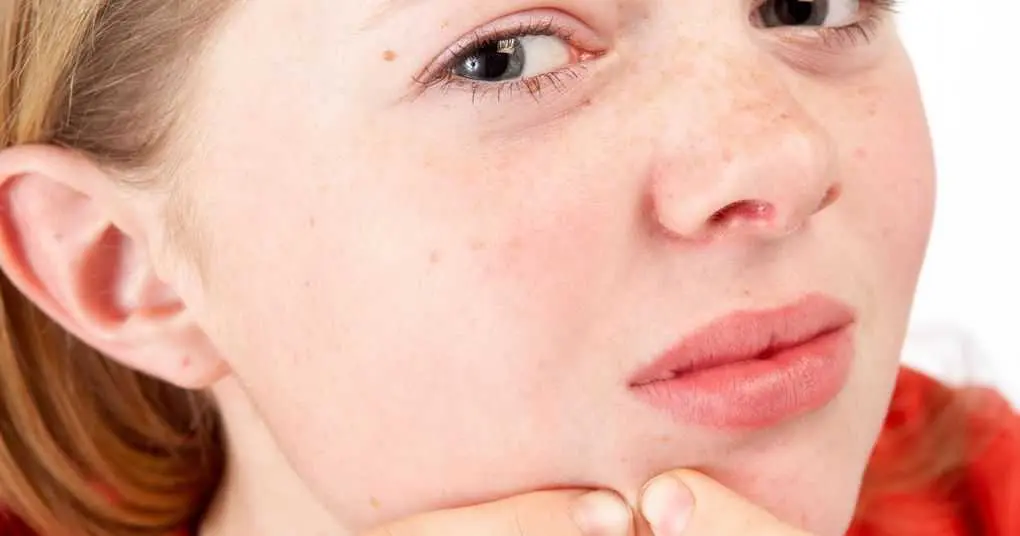
There are no scientific facts proving a link between chocolate consumption and acne, both in teenagers and in people of other age categories. Studies have been conducted to confirm or refute this claim. Jennifer Barris, lead author of the paper, who and her team analyzed data from 1960-2012, says they’re not sure whether chocolate can cause acne flare-ups or whether it increases inflammation. So far, there is no data, referring to which one could talk about the effect of chocolate on the occurrence of acne. But over time, it is possible that scientists will be able to prove this connection.
4. We lose most of our heat through our heads.
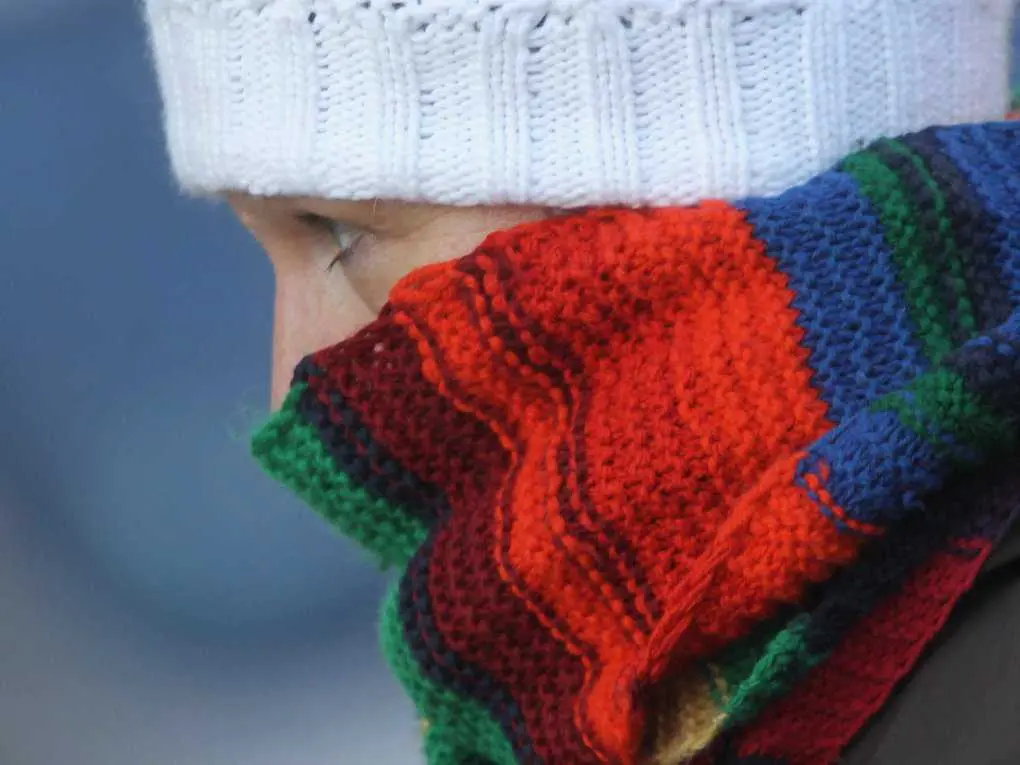
This myth appeared in the 1950s, and in 2006 it was able to disprove. People were placed in cold water, dressed in a wetsuit. The head then remained above the water, then plunged into it. And at the same time, they checked how much heat the body lost at that time. Calculations showed that heat loss depends on the area of the skin and is approximately the same everywhere. Through the head we lose about 7% of heat. In 2008, they conducted repeated studies that confirmed that from 7 to 10% of heat can escape through it.
3. We have five senses

Aristotle wrote about the existence of 5 senses: hearing, sight, touch, taste and smell. But modern doctors believe that this is not so. So far, scientists have not agreed on exactly how many feelings a person has. Some are sure that only 3. Others have up to 33 different feelings. We feel an imbalance, we have a feeling of pain, and so on. Most scientists believe that we have 21 senses.
2. Hair and nails continue to grow after death

They need glucose to grow. When people die, their cells do not receive nutrients. This is just a myth, but it did not appear by chance. After death, the human body dehydrates, which changes the structure of the skin. Part of the nails or hair that was previously under the skin becomes visible. Because of this, it seems that they have grown.
1. The habit of cracking the knuckles leads to arthritis
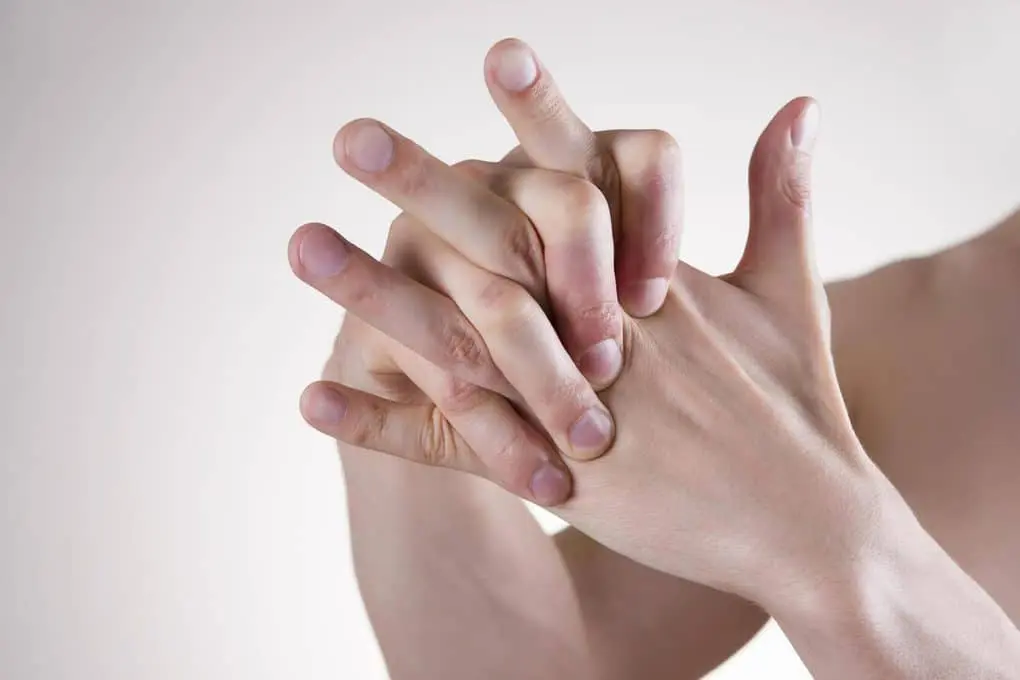
There is not a single study that has proven that the habit of cracking fingers can cause noticeable harm. Several groups of scientists have tried to find this relationship, but none of them have been able to prove that people who like to stretch their bones develop arthritis later. The only thing that Jorge Castellanos and David Axelrod managed to find out is that, due to the habit of cracking fingers, a person begins to squeeze his palm weaker, his swelling is more noticeable. But it is possible that these health problems are caused by joint pathology, and not a bad habit.










